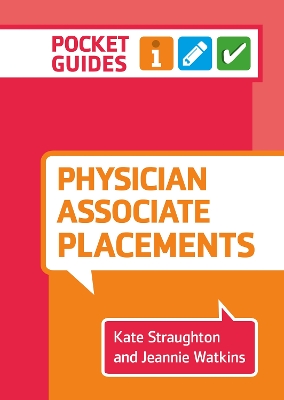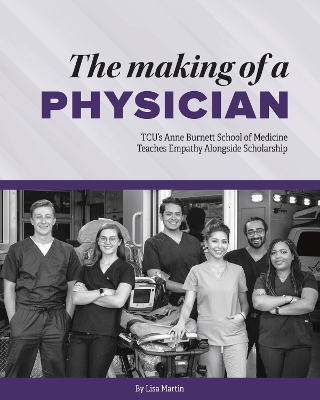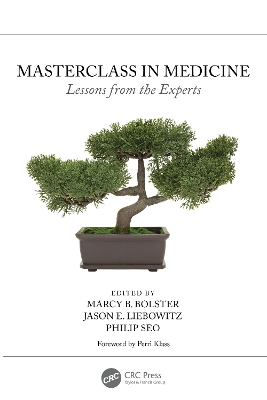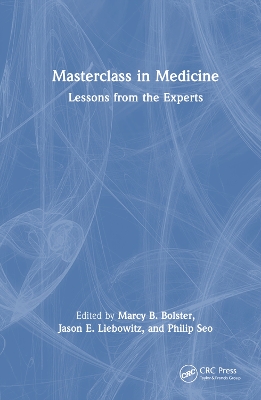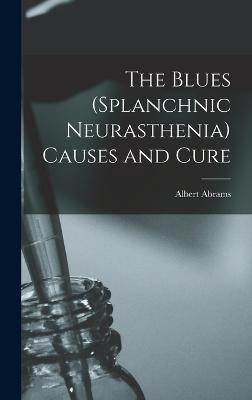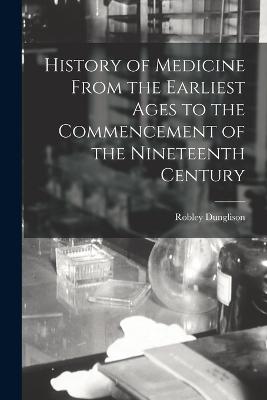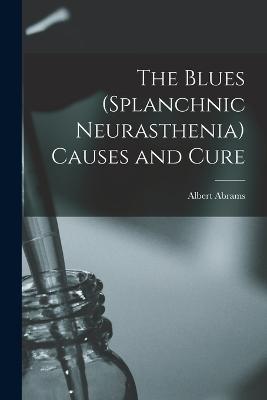Physician Associate Placements
Physician Associate Placements
A pocket guide
Watkins, Jeannie; Straughton, Kate
Lantern Publishing Ltd
01/2022
86
Spiral bound
Inglês
9781908625984
15 a 20 dias
Descrição não disponível.
Preface; Acknowledgements; Abbreviations; Introduction
Getting there
1. Preparing for placement
2. Research your placement
3. Attendance, hours and absence on placement
4. Objectives
5. Pre-reading and practical preparation
6. Pre-placement modules (organisation-specific)
7. Finances
8. Travel
9. Accommodation
10. Equipment
11. Clothing
12. Placement schedule
13. Placement peers
14. Placement contacts
15. Making contact
16. Smart cards / IT access
17. Professionalism
17.1 Being professional on placements - practical steps
18. Knowing the limitations of your role
18.1 Medications prescription, supply and administration
19. Behaviour outside of university
20. Consent - things to remember
21. How does confidentiality apply to my placements?
22. Guidance on using social media
23. Patient-centred care
Settling there
24. First day - what to expect
25. Supervision
26. Timetable
27. Introduction to the team
28. Communication and examination
28.1 Communication with patients
28.2 Communication with other healthcare professionals
28.3 Examination of patients
Being there
29. PA student role on the team
30. Making the most of opportunities
31. Making your own opportunities
32. Placement-based assessments
33. What to do if things go wrong
34. Regular meetings with supervisor / team
35. Self-care
Moving on
36. Reflection on learning
37. Preparation for the next placement
38. Keeping a record
39. Placement feedback
Resources
40. Structure for medical clerking / history taking / documentation
41. Presenting a patient
42. Common examinations, tests, investigations, and scoring / risk assessment tools, by system
43. Arterial blood gas interpretation
44. Anaphylaxis guidelines
45. ABCDE approach to the deteriorating patient
46. Apps for quick reference
47. References
Getting there
1. Preparing for placement
2. Research your placement
3. Attendance, hours and absence on placement
4. Objectives
5. Pre-reading and practical preparation
6. Pre-placement modules (organisation-specific)
7. Finances
8. Travel
9. Accommodation
10. Equipment
11. Clothing
12. Placement schedule
13. Placement peers
14. Placement contacts
15. Making contact
16. Smart cards / IT access
17. Professionalism
17.1 Being professional on placements - practical steps
18. Knowing the limitations of your role
18.1 Medications prescription, supply and administration
19. Behaviour outside of university
20. Consent - things to remember
21. How does confidentiality apply to my placements?
22. Guidance on using social media
23. Patient-centred care
Settling there
24. First day - what to expect
25. Supervision
26. Timetable
27. Introduction to the team
28. Communication and examination
28.1 Communication with patients
28.2 Communication with other healthcare professionals
28.3 Examination of patients
Being there
29. PA student role on the team
30. Making the most of opportunities
31. Making your own opportunities
32. Placement-based assessments
33. What to do if things go wrong
34. Regular meetings with supervisor / team
35. Self-care
Moving on
36. Reflection on learning
37. Preparation for the next placement
38. Keeping a record
39. Placement feedback
Resources
40. Structure for medical clerking / history taking / documentation
41. Presenting a patient
42. Common examinations, tests, investigations, and scoring / risk assessment tools, by system
43. Arterial blood gas interpretation
44. Anaphylaxis guidelines
45. ABCDE approach to the deteriorating patient
46. Apps for quick reference
47. References
Este título pertence ao(s) assunto(s) indicados(s). Para ver outros títulos clique no assunto desejado.
physician associate, placement, healthcare, clinical placement, student, placement learning
Preface; Acknowledgements; Abbreviations; Introduction
Getting there
1. Preparing for placement
2. Research your placement
3. Attendance, hours and absence on placement
4. Objectives
5. Pre-reading and practical preparation
6. Pre-placement modules (organisation-specific)
7. Finances
8. Travel
9. Accommodation
10. Equipment
11. Clothing
12. Placement schedule
13. Placement peers
14. Placement contacts
15. Making contact
16. Smart cards / IT access
17. Professionalism
17.1 Being professional on placements - practical steps
18. Knowing the limitations of your role
18.1 Medications prescription, supply and administration
19. Behaviour outside of university
20. Consent - things to remember
21. How does confidentiality apply to my placements?
22. Guidance on using social media
23. Patient-centred care
Settling there
24. First day - what to expect
25. Supervision
26. Timetable
27. Introduction to the team
28. Communication and examination
28.1 Communication with patients
28.2 Communication with other healthcare professionals
28.3 Examination of patients
Being there
29. PA student role on the team
30. Making the most of opportunities
31. Making your own opportunities
32. Placement-based assessments
33. What to do if things go wrong
34. Regular meetings with supervisor / team
35. Self-care
Moving on
36. Reflection on learning
37. Preparation for the next placement
38. Keeping a record
39. Placement feedback
Resources
40. Structure for medical clerking / history taking / documentation
41. Presenting a patient
42. Common examinations, tests, investigations, and scoring / risk assessment tools, by system
43. Arterial blood gas interpretation
44. Anaphylaxis guidelines
45. ABCDE approach to the deteriorating patient
46. Apps for quick reference
47. References
Getting there
1. Preparing for placement
2. Research your placement
3. Attendance, hours and absence on placement
4. Objectives
5. Pre-reading and practical preparation
6. Pre-placement modules (organisation-specific)
7. Finances
8. Travel
9. Accommodation
10. Equipment
11. Clothing
12. Placement schedule
13. Placement peers
14. Placement contacts
15. Making contact
16. Smart cards / IT access
17. Professionalism
17.1 Being professional on placements - practical steps
18. Knowing the limitations of your role
18.1 Medications prescription, supply and administration
19. Behaviour outside of university
20. Consent - things to remember
21. How does confidentiality apply to my placements?
22. Guidance on using social media
23. Patient-centred care
Settling there
24. First day - what to expect
25. Supervision
26. Timetable
27. Introduction to the team
28. Communication and examination
28.1 Communication with patients
28.2 Communication with other healthcare professionals
28.3 Examination of patients
Being there
29. PA student role on the team
30. Making the most of opportunities
31. Making your own opportunities
32. Placement-based assessments
33. What to do if things go wrong
34. Regular meetings with supervisor / team
35. Self-care
Moving on
36. Reflection on learning
37. Preparation for the next placement
38. Keeping a record
39. Placement feedback
Resources
40. Structure for medical clerking / history taking / documentation
41. Presenting a patient
42. Common examinations, tests, investigations, and scoring / risk assessment tools, by system
43. Arterial blood gas interpretation
44. Anaphylaxis guidelines
45. ABCDE approach to the deteriorating patient
46. Apps for quick reference
47. References
Este título pertence ao(s) assunto(s) indicados(s). Para ver outros títulos clique no assunto desejado.

